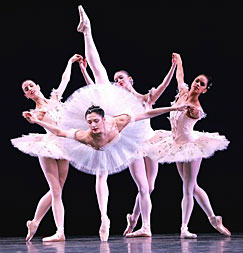1. Theatre director
A theatre director is a practitioner in the theatre field that oversees and orchestrates the mounting of a theatre production. The director’s function is to ensure the quality and completeness of theatre production and to lead the members of the creative team into realizing their artistic vision of it.
2. Producer
A producer is someone that is responsible for overseeing and virtually mounting a production together. For example a theatrical producer would be responsible for mounting a theatre production together.
3. Designer
A designer is a person that designs things. In other words a designer is an agent that creates the structure of an object. A designer could be someone that creates things such as games, graphics, buildings, objects, laws etc.
4. Lighting designer
The role of a lighting designer is to work with the director, set designer and costume designer to create an overall lighting set for the appropriate scenes and text in the show. It is very important they work with everyone of the team as the lighting is very important.
5. Musical director
A music director is someone who directs the music. This means that they could be the leader of a orchestra or even deciding what music will go into a film or a show.
6. Stage manager
A stage manager is someone that organizes and coordinates a theatre production. This means that before a show they make sure that the sets are all full prepared and all props are ready to be taken onto stage.
7. Stage crew
Stage crew is people that help the stage manager with his work.
8. Choreographer
The choreographer is the person who creates a suitable dance routine. His could also involve how each person moves on stage and in what way.
9. Prop master
The prop master is an artistic and organized employee in a film, television or theatre production. The prop master is responsible for purchasing any materials for the production.
10. Construction manager
The construction management is the overall planning and construction of a production, co ordination and control of a project within a deadline of meeting their client’s requirements. Project management is the process by which a project is brought to a successful conclusion.
11. Dresser/wardrobe assistant
The role of a dresser is to make sure that performers in the production are dressed appropriately and look appropriate for the stage. This means that their clothes much to a certain standard and fit in with the themes of the production and also make-up, hair styles etc.
12. Publicist
The job of a publicist is to gather publicity of the production in order for the production to make money and also gather a crowd. The ways in which a publicist can do this is by making leaflets, adverts and billboards.



























